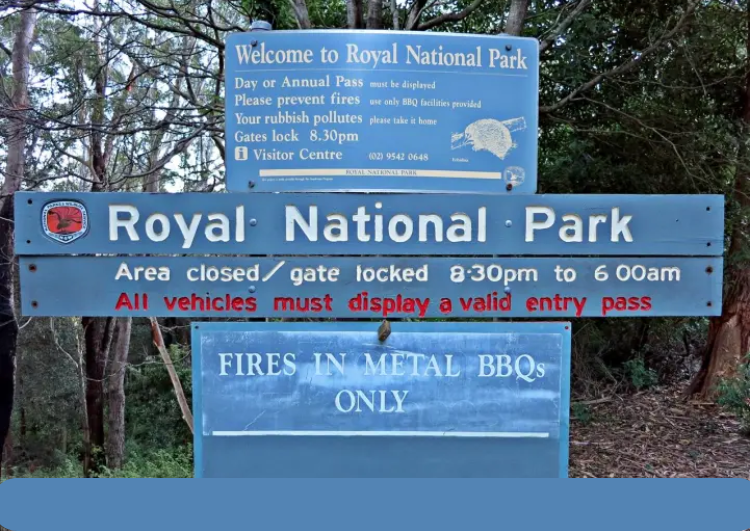
Royal National Park is located in New South Wales, Australia. It is situated to the south of Sydney, approximately 32 kilometers (about 20 miles) from the city center. The park spans along the coast, offering picturesque views of the Pacific Ocean and encompassing a variety of landscapes including beaches, rainforests, and cliffs. It is bordered to the north by the southern suburbs of Sydney, to the west by the Illawarra railway line and the Princes Highway, and to the south by the town of Otford. The park's eastern boundary is the Tasman Sea. It is well-known for its walking tracks, scenic drives, and diverse wildlife, making it a popular destination for both locals and tourists.
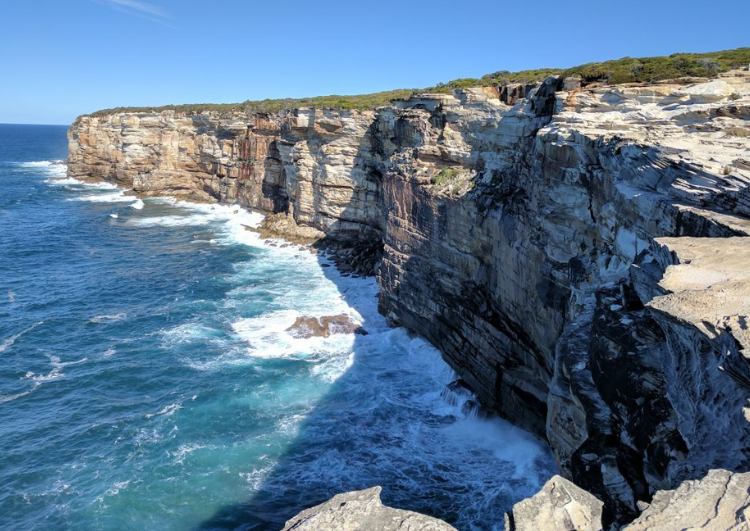
Royal National Park, located in New South Wales, Australia, was established in the year 1879. It is the second oldest national park in the world, after Yellowstone National Park in the United States.


Royal National Park was not invented by a single individual but was established through the efforts of several people. The idea for the park was proposed by Sir John Robertson, the then Premier of New South Wales. He played a crucial role in the park's creation, advocating for the preservation of the area for public recreation and conservation. The park was officially established on April 26, 1879, and was initially named "The National Park" before being renamed "Royal National Park" in 1955 in honor of Queen Elizabeth II's visit to Australia.
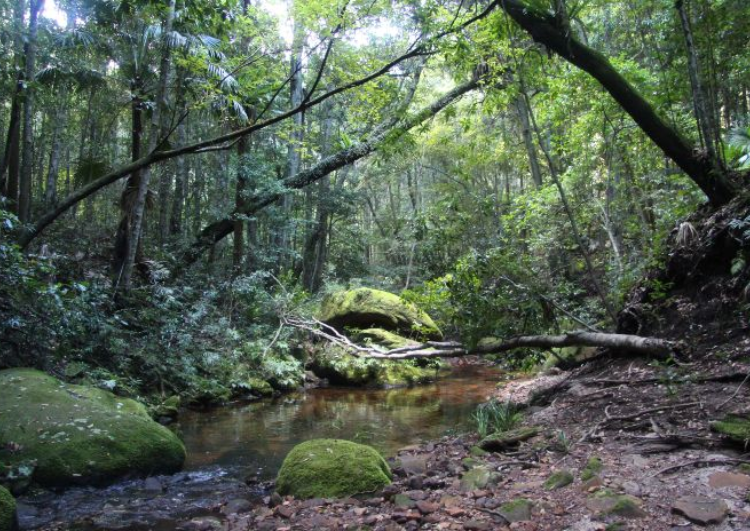
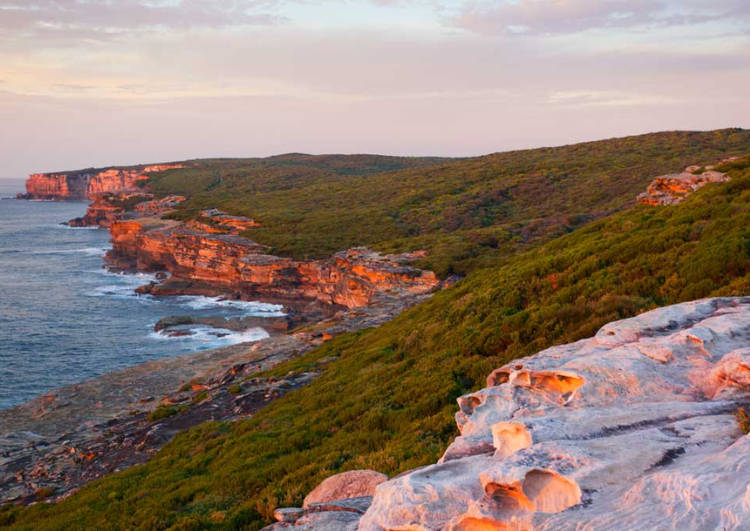
Royal National Park was originally named "The National Park" when it was established in 1879. It was renamed "Royal National Park" in 1955 to commemorate a visit by Queen Elizabeth II to Australia. The addition of "Royal" to its name was in honor of the Queen and to reflect its status as a significant and distinguished national park within Australia.

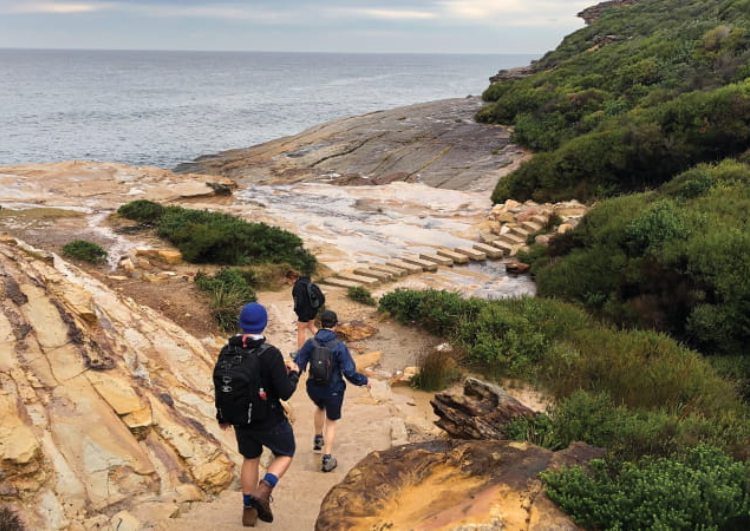


Royal National Park is highly favored by hiking enthusiasts for several reasons:
1. Diverse Trails: The park offers a wide range of hiking trails catering to various skill levels and preferences. Whether you're seeking a leisurely stroll along coastal cliffs, a challenging trek through rugged terrain, or a peaceful walk through lush rainforests, Royal National Park has a trail for you.
2. Scenic Beauty: Hikers are treated to breathtaking views of coastal landscapes, pristine beaches, towering cliffs, dense forests, and picturesque waterfalls throughout the park. The diverse scenery provides ample opportunities for exploration and photography.
3. Wildlife Encounters: The park is home to a diverse array of flora and fauna, including kangaroos, wallabies, echidnas, and a multitude of bird species. Hikers may encounter wildlife along the trails, adding to the sense of adventure and immersion in nature.
4. Accessibility: Located just south of Sydney, Royal National Park is easily accessible for day trips or weekend getaways. Its proximity to the city makes it a convenient destination for urban dwellers seeking outdoor adventure.
5. Historic Sites: In addition to its natural beauty, Royal National Park boasts several historic sites and cultural landmarks, including Aboriginal rock engravings, historic lighthouses, and remnants of early European settlement. Hikers can learn about the park's rich history while exploring its trails.
Overall, Royal National Park offers a rewarding hiking experience amidst stunning natural scenery, abundant wildlife, and cultural heritage, making it an ideal destination for hiking lovers of all ages and abilities.
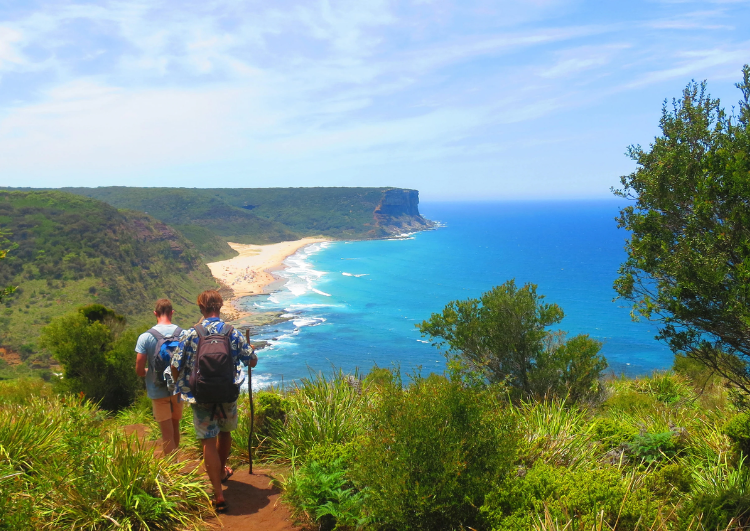





Yes, Royal National Park is suitable for hiking throughout the year. However, the best time for hiking may vary depending on personal preferences and the type of experience you seek:
1. **Spring (September to November)**: Spring is a popular time to visit the park when the landscape bursts into bloom with wildflowers. The weather is generally mild, and the park is less crowded compared to the peak summer season.
2. **Summer (December to February)**: Summer offers long daylight hours and warmer temperatures, making it an excellent time for extended hikes and beach activities. However, it can get quite hot during the day, so it's advisable to start early or hike in the cooler mornings or evenings.
3. **Autumn (March to May)**: Autumn brings pleasant temperatures and vibrant foliage, particularly in the park's forested areas. The weather remains favorable for hiking, and the trails are often quieter than during the peak summer season.
4. **Winter (June to August)**: Winter in Royal National Park is cooler, but still suitable for hiking, especially for those who prefer milder temperatures. The park's coastal scenery takes on a different charm during this season, and wildlife sightings may increase.
Regardless of the season, it's essential to check weather forecasts and trail conditions before embarking on a hike, as conditions can vary, and some trails may be affected by seasonal factors such as rainfall or bushfire risk. Additionally, be prepared with appropriate clothing, footwear, water, and snacks for your hike, and always follow park regulations and safety guidelines.